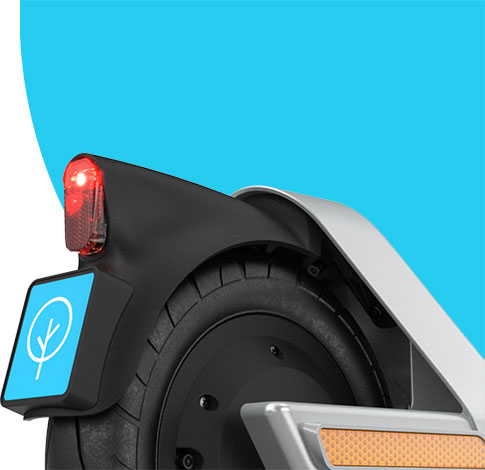How do you optimize cities for human-sized mobility? The answer, it turns out, involves sophisticated machine learning.
That’s where Bird AI comes in.
What is Bird AI?
Bird AI is a “Drop Engine” tool built by our expert product and engineering teams that makes recommendations on where to put (or “drop”) micro-EVs like electric scooters. It does this based on Bird’s proprietary demand prediction model that evaluates tens of millions of historical observations across hundreds of square miles every hour to detect behavioral patterns and provide an accurate picture of near-term future demand.
“Similar to companies like Netflix, Amazon and Facebook, we’ve developed complex algorithms to better understand and eventually predict our riders’ preferences,” said Ryan Fujiu, Chief Product Officer at Bird. “This information is vital to improving mobility access and efficiency in cities. It tells us where and when riders will most likely be in need of transportation and allows us to intelligently optimize our operations to meet this demand.”
In other words, Bird AI helps us adapt our service to the specific mobility needs of a street, a block, a neighborhood or an entire city.
This technology applies as much to incorrectly parked vehicles as it does to well deployed ones. If e-scooters are detected to be stopped in no-parking zones or in clusters that could create an obstruction, Bird AI doesn’t just notify our operations team—it also remembers this behavior and can suggest recommended adjustments to our operational zone in order to compensate for it.
How Does Bird AI Work?
In its simplest form, Bird AI works by analyzing complex demand predictions and turning them into a recommendation on where to release vehicles.
Think of it like a decision tree leading to specific deployment zones. Bird AI’s probes will make a single choice at each decision point in the tree, driven by precise rules and data inputs. When all decisions are complete, the probe will arrive at the ideal area to launch our vehicles and a recommendation will be made.
The rules always follow a predefined structure:
- First, have we deployed in all areas specified by a city, including equity zones?
- Next, have we reached a maximum fleet size allowed by a city?
Once vehicles are equitably deployed and calculated to be within the operating guidance of the city, Bird AI will recommend the optimized location for placing and, if needed, rebalancing vehicles in order to best meet riders’ needs.
Prioritizing Equity
To ensure Birds are distributed equitably throughout a city, our data scientists have designed Bird AI’s algorithms to prioritize specific subzone requirements first. This includes equity deployment areas where demand may currently be low, but where micro-EVs still serve as a critical mobility resource.
Bird AI ensures that access to underserved populations is prioritized before any other recommendations can be made. Its recommendations can also be shared collaboratively with cities to help inform infrastructure and public transit improvements, benefitting all members of the community.
Learn More
As the micromobility industry continues to advance, so too does its potential to make cities safer, more equitable and more sustainable. Optimizing streets for mobility at a human scale brings with it benefits that simply can’t be achieved when we build our neighborhoods around cars and ride-hailing.
To stay up to date on all the latest technology that’s helping humanize urban mobility and improve city life for everyone, subscribe to the Bird Cities Blog.
Bird Unveils AEB, Micromobility’s First Autonomous Emergency Braking System
IP68 Certified: Bird’s Unmatched Scooter Battery Protection Explained
Understanding the Risks of Swappable E-Scooter Batteries

